Key Insights
- A common yet puzzling issue that can frustrate Windows users is “Device Descriptor Request Failed.”
- The problem typically arises when Windows fails to recognize a USB device.
- There are numerous strategies to tackle this issue, ranging from simple system restarts to more complex fixes.
- The article below provides an exhaustive guide to resolving this issue, assuming no prior technical expertise.
What’s the Ideal Scenario Without the Device Descriptor Request Failed Issue?
In a perfect scenario, all your USB devices—be it a flash drive, external hard drive, or peripheral—should be readily recognized by your Windows computer. You should be able to connect and use these devices without any interruptions or error messages, thereby enhancing your computing experience.
Case Study: When Does the Device Descriptor Request Failed Error Happen?
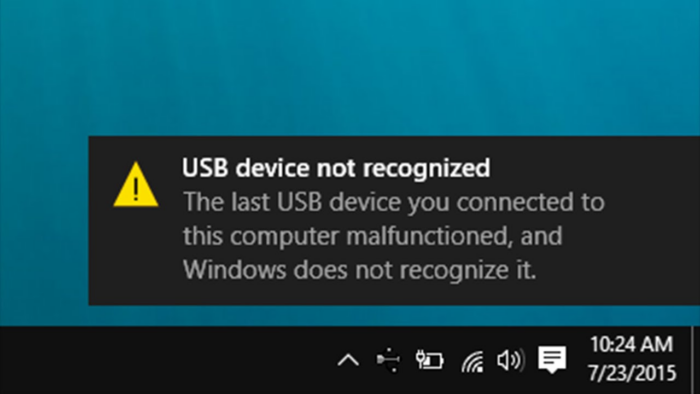
Consider John, a freelance graphic designer who uses a USB flash drive to transfer design files between his home and office computers. One day, upon plugging the USB drive into his home PC, he encounters an error: “Device Descriptor Request Failed.” The computer fails to recognize the USB drive, making it impossible for John to access his files. This case represents a typical scenario where the error might occur, causing inconvenience and potentially disrupting work.
Initial Diagnosis: Have You Tested These Measures?
Before diving into more advanced strategies, it’s worthwhile to check some basic elements:
- Try restarting your computer. This simple step can often resolve a multitude of issues.
- Connect the USB device to another port. It’s possible that the issue lies with the USB port rather than the device itself.
- Test the USB device on a different computer. This will help determine if the issue is with the device or your computer.
The Significance of Rectifying Device Descriptor Request Failed
If not resolved, the “Device Descriptor Request Failed” error can prevent you from accessing important files stored on your USB devices. This can disrupt your workflow, especially if you rely on USB devices for data transfer and storage. Furthermore, it could potentially indicate underlying issues with your computer’s USB ports or drivers, which, if left untreated, could lead to more serious problems down the line.
Interactive Guide: 8 Functional Strategies to Address Device Descriptor Request Failed
SOLUTION 1: Restart Your Computer
One of the simplest yet surprisingly effective solutions is to restart your computer. Sometimes, a quick reboot can resolve the issue by refreshing the system and clearing any temporary glitches.
Steps:
- Save any open files and close all programs.
- Click on the Windows Start button.
- Select the Power button and click Restart.
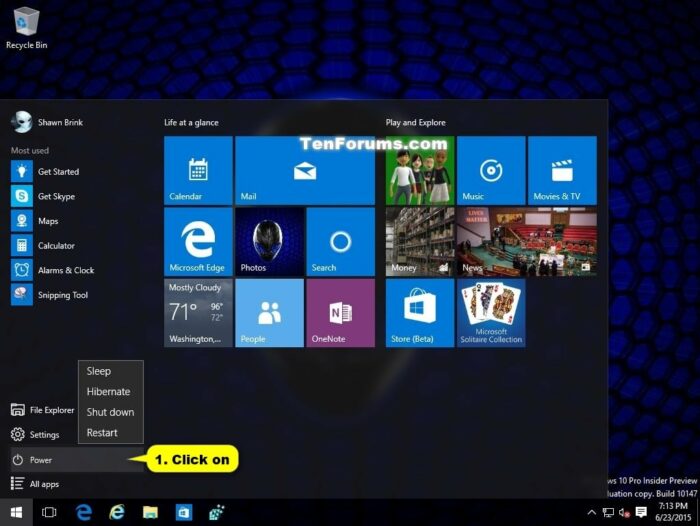
SOLUTION 2: Try a Different USB Port
Sometimes, the issue might lie with the USB port itself. Trying a different port can help isolate the problem.
Steps:
- Remove the USB device from the current port.
- Plug it into a different USB port on your computer.
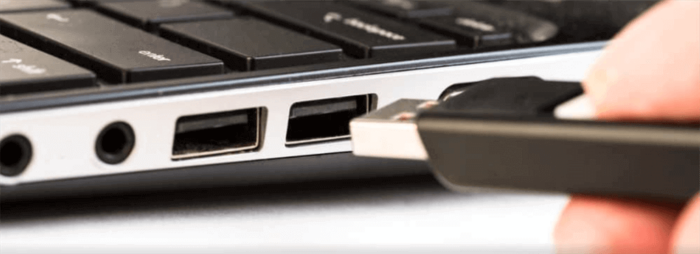
SOLUTION 3: Update USB Root Hub
Updating the USB Root Hub can often resolve the “device descriptor request failed” error.
- Press “Windows key + X” and select “Device Manager.”
- Expand “Universal Serial Bus controllers.”
- Right-click on “USB Root Hub” and select “Update driver.”
- Follow the prompts to update the driver.
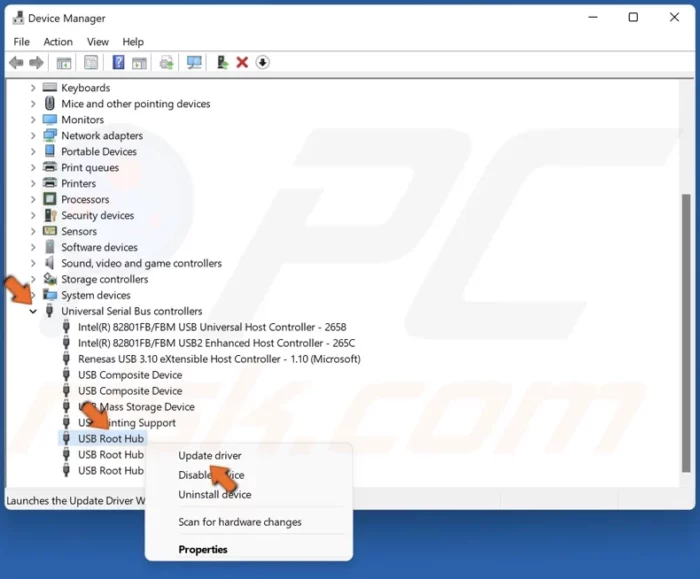
SOLUTION 4: Uninstall and Reinstall USB Drivers
Uninstalling and then reinstalling the USB drivers can also help.
- Press “Windows key + X” and select “Device Manager.”
- Expand “Universal Serial Bus controllers.”
- Right-click on the problematic device and select “Uninstall device.”
- Once the device is uninstalled, restart your computer. Windows will automatically reinstall the device’s drivers upon restart.
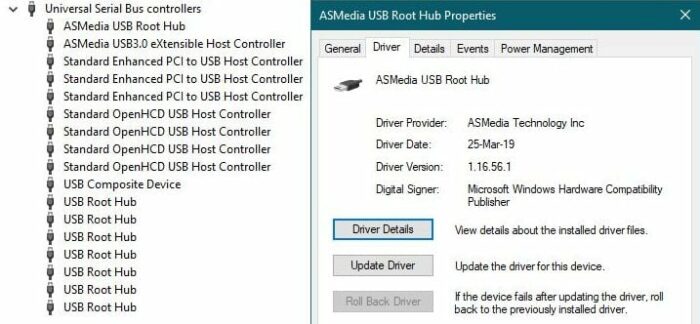
SOLUTION 5: Disable Fast Startup
The Fast Startup feature can sometimes interfere with the operation of USB devices. Disabling it may resolve the issue.
- Press “Windows key + X” and select “Power Options.”
- Click on “Choose what the power button does.”
- Click on “Change settings that are currently unavailable.”
- Under “Shutdown settings,” uncheck “Turn on fast startup.”
- Click “Save changes.”
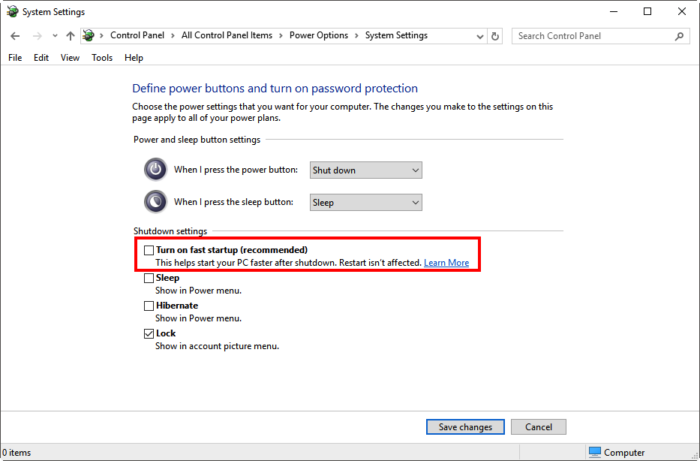
SOLUTION 6: Unplug Your PC
Physically unplugging your PC can sometimes reset the USB ports and resolve the issue.
- Shut down your PC.
- Unplug the PC from the power source.
- Hold down the power button for about 10 seconds.
- Plug the PC back in and start it up.
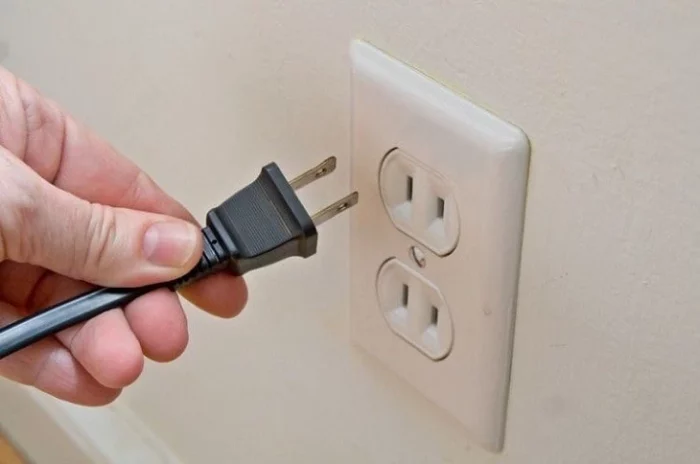
SOLUTION 7: Reach Out to Support
If all else fails, it may be time to reach out to the support team of your device manufacturer or Microsoft. They can provide further assistance in resolving the issue.
Note: Please be prepared to provide detailed information about the issue and the steps you have already taken to try to resolve it.
How to Prevent Device Descriptor Request Failed Error in the Future
The best way to prevent the “device descriptor request failed” error in the future is to maintain the health of your computer and its devices.
- Keep your system updated: Regularly check for and install any available updates for your system and devices. This includes operating system updates as well as device driver updates.
- Use safe removal practices for USB devices: Always use the “Safely Remove Hardware” option before disconnecting a USB device. This will prevent data corruption and other issues that can cause errors.
- Regularly scan your computer for malware: Malware can cause a host of problems, including device descriptor request failed errors. Use a reliable antivirus program to regularly scan your computer and remove any detected threats.
- Avoid overloading your USB ports: Connecting too many devices to your computer at once can strain your system and cause errors. If you need to connect many devices, consider using a powered USB hub.
- Take good care of your devices: Physical damage to a device can cause it to malfunction. Handle your devices with care and store them properly when not in use.
Conclusion
The “Device Descriptor Request Failed” error can be a frustrating issue to encounter, but it can typically be resolved with a little troubleshooting. Remember, the key to avoiding such problems in the future is to keep your system and devices up-to-date and well-maintained.

